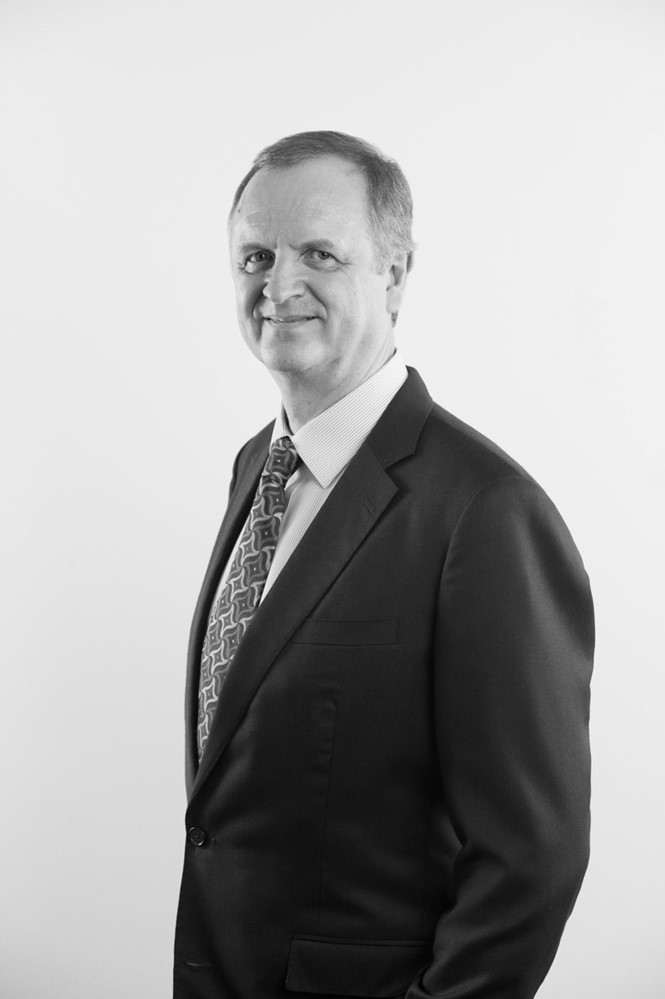Insights: The prevalence of purpose

The 2018 Transform Awards Asia-Pacific celebrates excellence in rebranding and brand development. Sedgwick Richardson was one of the winners
Purpose is prevalent and purpose-led branding is everywhere. Why? Where did this recent preoccupation with purpose come from?
Look around.
At present rates of material consumption, our planet can support only a fraction of the world’s 7.6bn population. Not encouraging given the UN’s forecast that population will grow to 8.6bn by 2030.
Increasing consumer demand is coming from the rapidly growing middle classes in Asia. While good for gross domestic product (GDP) – a rather myopic performance metric – the stress on the ecosphere due to human development is driving global warming and climate change. In its latest report, the IPCC says we have to change our profligate ways immediately before the unfurling ecological disaster becomes unstoppable.
Some believe we are already past the tipping point. While the debate simmers, Mother Earth broils. Recently we experienced a super typhoon in Hong Kong – the most powerful to ever hit the territory. We are warned to expect frequent and harsher punishment in the future.
Meanwhile, advances in biotech and infotech mean we will be living longer and working less. Rapid, employment-wrenching change is afoot with 28m jobs in ASEAN at risk to automation by 2028 according to a study by Cisco and Oxford Economics. New ones will be created but in the struggle to adapt to a fast-changing habitat not everyone will thrive.
Plenty of reasons then why purpose has made a comeback as people seek more meaning in their lives and more from their work than a paycheck. Equally, people now expect more from the brands they associate themselves with and increasingly make decisions based on these same values.
Purpose-led branding is the offspring of purpose. Sometimes misguided, often misunderstood, it nevertheless holds great promise.
Sometimes its presence is obvious, especially in ‘green’ or social brands built from the ground up. But as humanity tries to extract itself from a fossil-fueled economic web, fostering a meaningful brand purpose can be challenging. How on Earth, for example, do we articulate brand purpose for aviation brands – from national flag carriers to startups – when the industry is a prime contributor to greenhouse gas emissions?
Importantly, brand purpose isn’t concerned with saving the world but it is concerned about how people relate to your brand in the context of environmental, economic and social challenges. And while vision and mission provide direction, they don’t deliver the drive, energy and emotional engagement of a distinctive brand purpose.
Beginning with input from across the organisation, ultimately leaders need to wrap their arms around the brand purpose, take it to heart, and act on it. By sharing their personal connection with the brand purpose and nurturing it daily it will in turn be embraced by the organization and ultimately be valued by customers. There’s no need and no place for the terrible twins: purpose-washing and green-washing.
Which brings us to sustainability, the sibling of brand purpose. Gentle and disarming on the surface, she’s farsighted and resilient when you get to know her. Most clients appreciate the integration of sustainability’s unpreachy critical thinking.
And then there’s the precocious new kid in the branding playground, artificial intelligence AI goes by many pseudonyms: advanced intelligence, alternative intelligence, or (cheekily) actual intelligence! Smart and growing fast, AI has already beaten the grownups at their own game (just watch AI go). But like all infants, if AI doesn’t acquire our values at an early age, it will never share a human-centric purpose. Opinion is divided on how AI will turn out. We need to talk about young AI!
Gareth Richardson is the group CEO of Sedgwick Richardson












